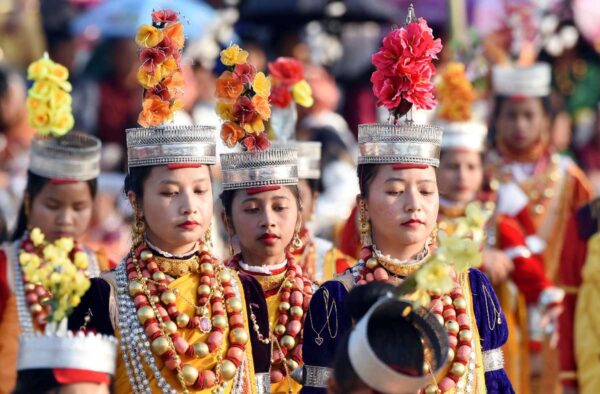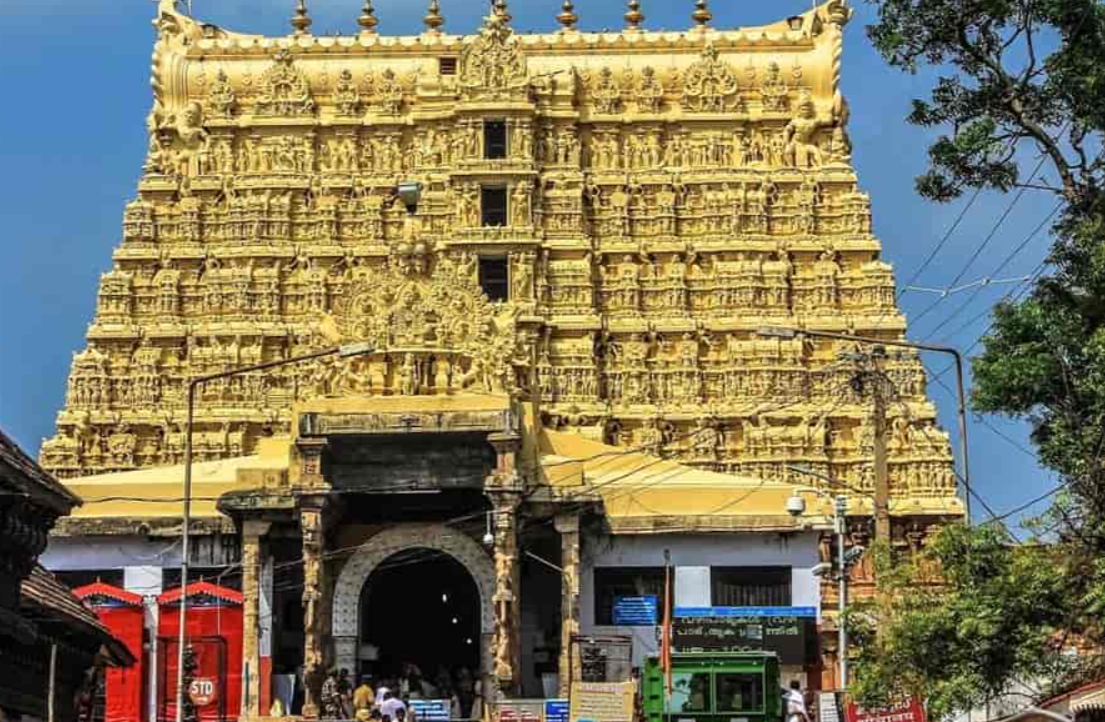Meghalaya, located on the northeastern coast of India, is renowned for its breathtaking landscapes and rich cultural heritage. Translating to “the abode of the clouds,” the state is home to diverse tribes such as the Jaintia, Khasi, and Garo, each with their unique traditions and lifestyles. Weaving has been a significant source of income in Meghalaya, showcasing the exceptional craftsmanship of its people. This article explores the traditional dress of Meghalaya for men and women, highlighting the unique attire of each tribe.
Traditional Dress of Meghalaya for Men
The traditional dress of Meghalaya for men varies among the tribes, reflecting their distinct cultural identities. Among the Khasi and Jaintia tribes, men wear a long, unstitched dhoti wrapped around the waist, complemented by a jacket or shirt. During special occasions like Ka Pom-Blang Nongkrem and Ka Shad Suk Mynsie, men don silk turbans and carry ceremonial swords, adding a touch of grandeur to their attire.
In contrast, the Garo tribe’s traditional dress includes a handwoven loincloth. While these garments are typically reserved for festivals and special events, they are worn with great pride, showcasing the community’s cultural pride and adherence to tradition.
Traditional Dress of Meghalaya for Women
Jainsem
The Jainsem is a traditional garment worn by Meghalayan women, crafted from mulberry silk, a local specialty. This attire is often paired with a tap-moh khlieh, a cotton shawl draped over the shoulders. The Jainsem embodies the elegance and craftsmanship of Meghalayan weaving traditions.
Kyrshah
During harvest season, Jaintia women wear a Kyrshah, a chequered cloth that covers their heads. This is combined with a velvety blouse and an ankle-length sarong or bottom called Thoh Khyrwang. To enhance their festive appearance, women adorn themselves with silver and gold ornaments, including a gold pendant known as Kynjri Ksiar.
Jainkup
Elderly women from the Jaintia clan don the Jainkup, a full-sleeve woolen blouse featuring intricate lace embroidery around the neck. This attire is complemented by traditional accessories such as red coral and white bead necklaces, silver or golden crowns, and elegant golden earrings. Jainkup is commonly worn by women performers during traditional Khasi Festivals.
Dak Manda
The Garo tribe’s traditional dress, Dak Manda, is a handmade loincloth wrapped around the waist. The style varies depending on the region. In densely populated areas, Garos prefer long cotton dresses, while those in remote areas opt for a smaller cloth called ‘eking,’ tied around the waist. Garo men and women often wear brass earrings (Nadongbi nr sisha), neckpieces (Ripok), and other traditional ornaments for special occasions.
Traditional Wedding Dress of Meghalaya for Men and Women
In Meghalayan weddings, brides typically wear a Jainsem or Dhara, made from saffron or yellow mulberry silk. This outfit is complemented by silver and gold crowns with a peak attached to the back, and contrasting fabrics draped over each shoulder. The groom wears a Jymphong, a sleeveless jacket featuring a red cock motif, V neckline, and yellow floral designs. The Jymphong is tied with a Chinese frog fastener and adorned with golden or silver tassels. For weddings, Khasi men may also wear a Jainspong, a turban in yellow and red.
Conclusion
The traditional dress of Meghalaya for both men and women reflects the rich cultural tapestry of the state. Despite the varied styles among the different tribes, there is a unified pride in their heritage. The traditional attires, while often reserved for special occasions, are a testament to the state’s dedication to preserving its cultural identity. In modern times, these traditional outfits are primarily worn during festivals and ceremonies, but they continue to be a symbol of the state’s historical and cultural significance. The people of Meghalaya take immense pride in their traditional dress, maintaining their customs while embracing the present.



